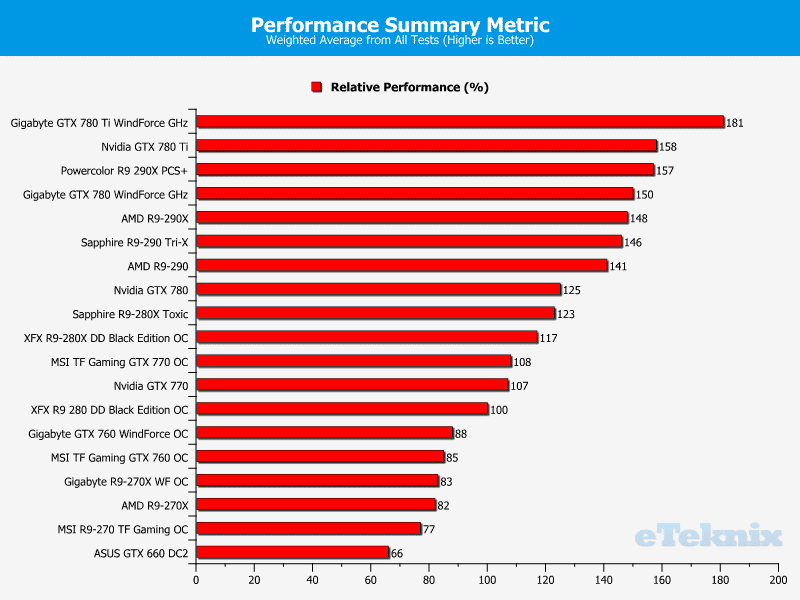Howdy, Stranger!
It looks like you're new here. If you want to get involved, click one of these buttons!
Quick Links
500W PCIe Video Card - R9 295X
R9 295X - dual 290X's, with ~higher~ clock speed than the single card, and AIO 120mm single radiator single fan cooling plus 2-slot shrouded cooler, at total TDP of 500W and an MSRP of around $1500 US.
500W. It has ~very~ specific power supply requirements. One has to wonder just how good of an idea that is in the first place, given how far they are going over the PCIe specification.
The bright spot: the cooling is spot on, and that was the biggest concern/drawback of the 290X reference design. The AIO radiator has to be mounted someplace in your case, it's not attached to the card, and is dedicated to each of the GPUs. The fan/shroud cooler is dedicated to the VRMs and other associated circuitry. It apparently does a ~very~ good job of keeping these cool while staying quiet. It's not the first time an AIO water cooler has come on a video card, but it is the first time we've seen it as a reference design.
A very niche card for those who have the money for it. Interesting design choices. As with all dual-GPU cards, you will pay a premium over dual single cards, but this is the first time in a long time where the dual-GPU card isn't a gimped version of two single cards, but is actually (marginally) faster.
It really appears that AMD just was trying to release something to market against Titan-Z. By all accounts so far, it appears that unless nVidia does something here-to-date undocumented with Titan-Z, that the 295X will be some decent degree faster, and at half the price. Unfortunately, these level cards are priced so high and have other impracticalities (like that 500W requirement) that it's just a technicality and they are mostly just marketing ploys.
If you are totally sold on Mantle, this is the pinnacle.


Comments
It's the first dual-GPU consumer card in quite a while to have a point other than:
1) marketing gimmicks, and
2) enabling 4-way CrossFire or SLI
If you want to CrossFire Radeon R9 290Xs, you can cool it on air and do fine, but that's enough heat that you might want to think about liquid cooling. If you want to water-cool two Radeon R9 290Xs, it's more work than the R9 295X and you'd pay in the same ballpark as $1500 anyway.
I'm leery of going so far outside of the PCI Express specification on power delivery and don't understand why AMD didn't just go with three 8-pin adapters. But I'm more willing to accept AMD's claim that you need special components for a $1500 card than I would be for a $500 card. If you're a gamer looking to pay $1500 for a video card, but unwilling to spend $150 on a power supply or $100 on a case, you're doing it wrong.
I'm also curious about how effective the cooling on the power circuitry is. It gets its own heatsink and has a fan blowing on it--and notably doesn't have hot air coming from the GPUs--so it's probably fine. But that's been trouble on dual-GPU cards in the past, most notably on the Radeon HD 5970 and especially the GeForce GTX 590.
140409

280 review ref
While the chart is interesting - what does it say about the R9 295X?
I don't think that poster has ever responded after posting or making a thread. I almost got the feeling sometime back it was someones bot. Most the time it very much looks like copy and pasted stuff taken from other places. Was always a little curious what the deal was.